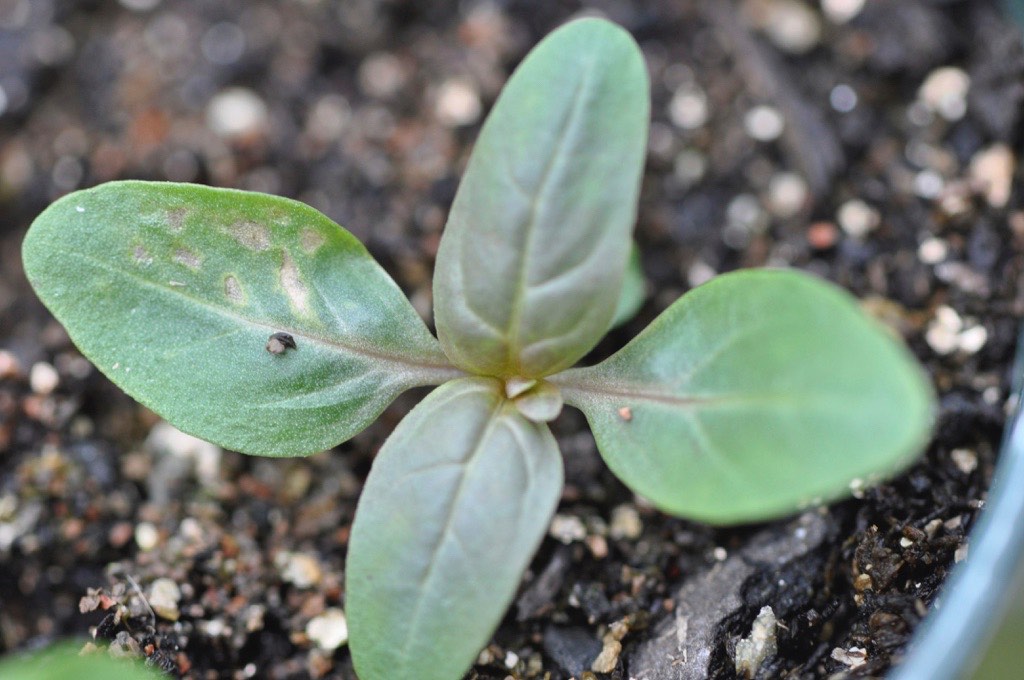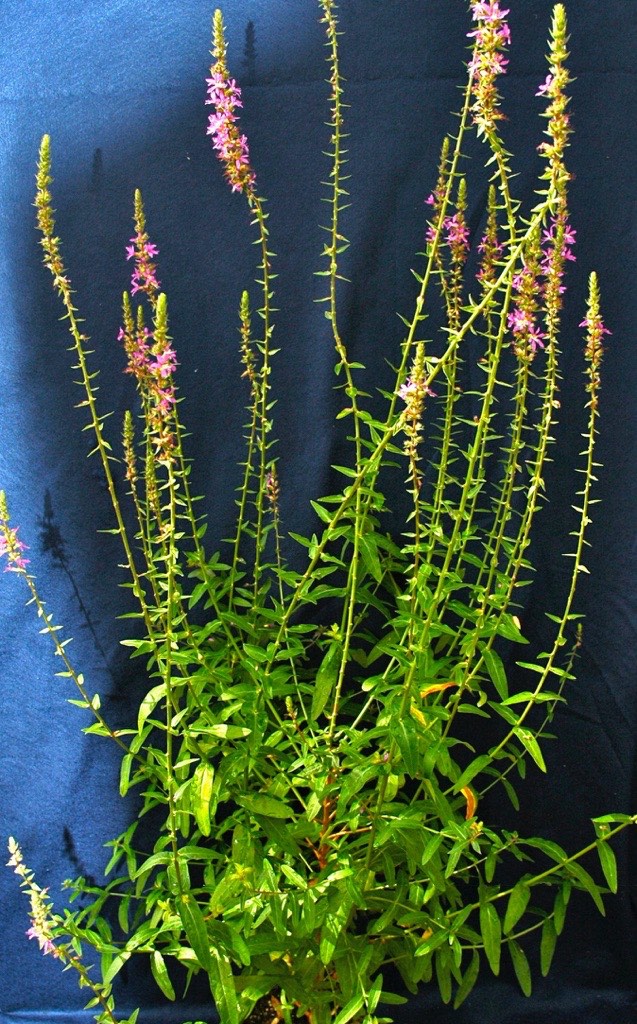Ohio’s Noxious Weeds
Purple loosestrife
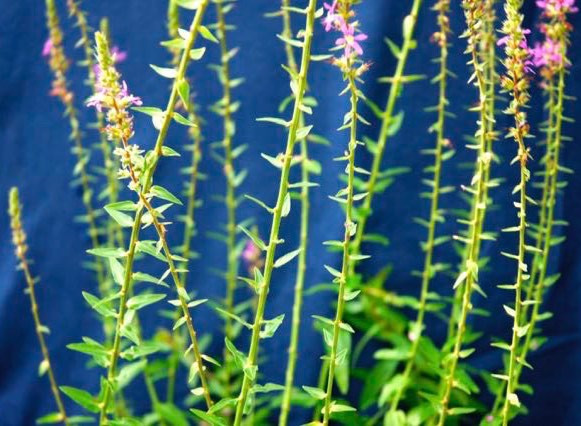
Lythrum salicaria, purple loosestrife
Family: Loosestrife, Lythraceae.
Habitat: Wet meadows, flood plains, wetlands, ditches.
Life cycle: Perennial.
Growth Habit: Usually 2- 4 feet tall, but may reach up to 10 feet in nutrient-rich habitats.
Leaves: Opposite or whorled, 1.5-4 inches long with smooth margins, lacking petioles. Lower leaves have downy hairs and clasp the stem.
Stem: Stiff, 4-sided, woody at the base.
Flower: July to early September. Long spikes of rose or purple flowers, each with 4-7 wrinkled petals.
Similar plants: Flowers of native loosestrife are more widely spaced along the stem than those of purple loosestrife.
The problem is…. Purple loosestrife is a strikingly beautiful plant that has escaped from cultivation. (It is an introduced species.) This plant invades wetland habitats, crowding out native plants that are important food sources for wildlife. A single stalk of purple loosestrife can produce 300,000 seeds. Purple loosestrife also spreads vegetatively. This species and its cultivated varieties are noxious weeds in Ohio. Related species are allowed to be sold in Ohio, but some states ban the entire genus.
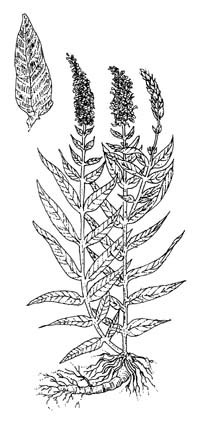
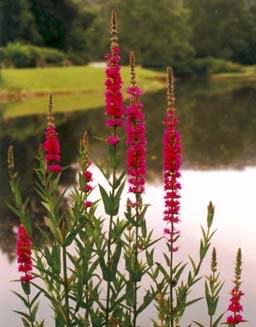
Purple loosestrife crowds out native plants that provide food for wildlife.
